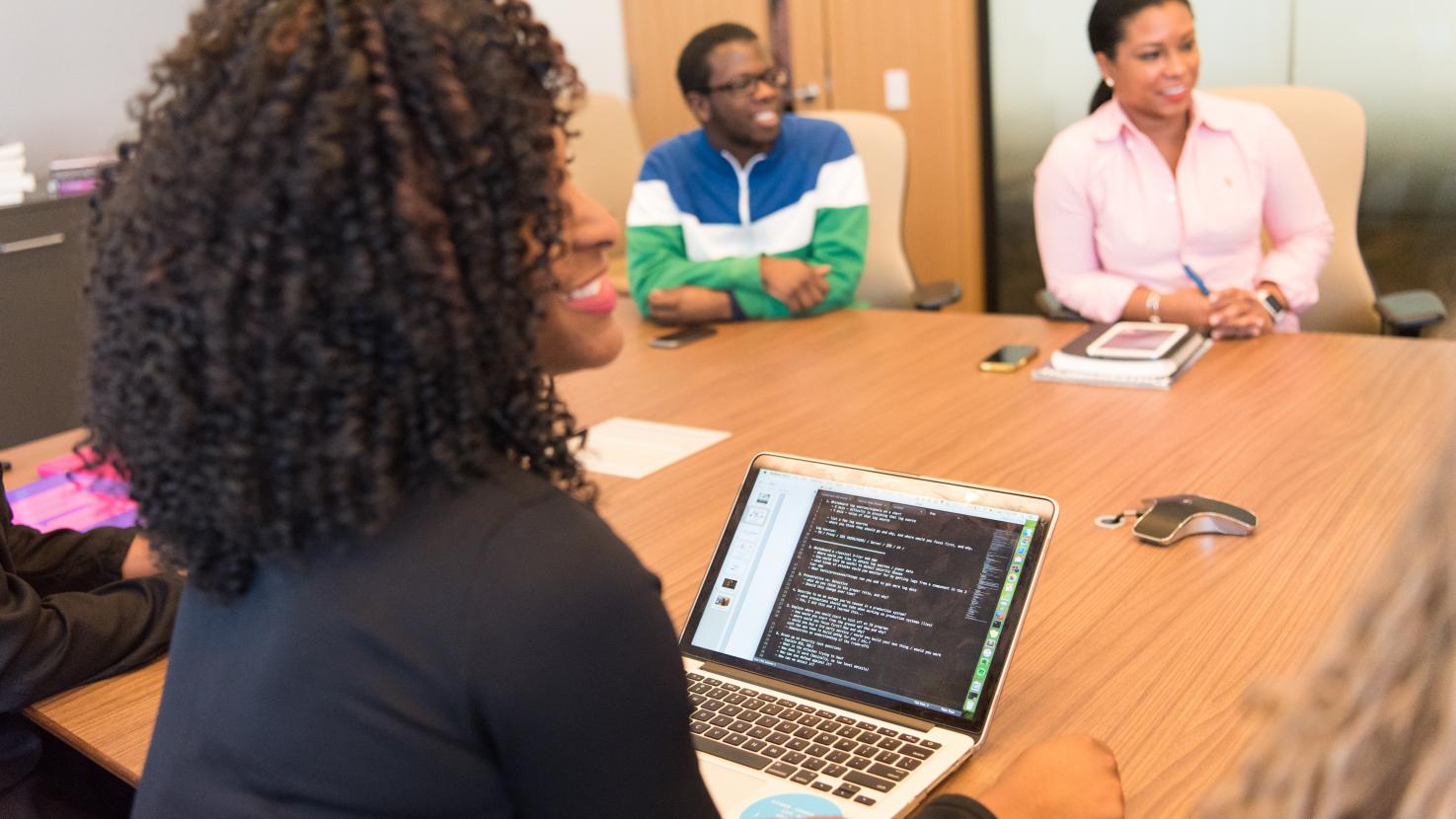
The Value of Diversity in Data Organizations


Why have a more diverse data organization in your company? As I’ve witnessed while spinning up a large global team of about 130 people over the past year, variety and diversity are key to an evolving organization.
The more diversity, the more ideas
The topline benefits of a more diverse culture for me are clear:
- Stronger data models. Just as someone with a liberal arts background has a different approach to data than someone with a scientific one, people who hail from different cultural, racial and gender backgrounds look at modeling differently. Recent research demonstrates that women and men have different viewing patters when looking at the same imagery, so having different contributors share their perspectives has made our team more open-minded about considering different visualizations.
- A more resilient culture. As technology continues to shrink the world, our organizations need to be successful on a global scale. The more viewpoints we can represent, the stronger our global culture will be, not to mention our future ability to recruit and retain talent because we better reflect the communities we serve. And any company with cultural diversity is quicker to spot a gap in the market.
- Fresh thinking and ideas. Without a doubt, having diversity in gender, culture and race on a data team allows for the generation of more diverse opinions you would not otherwise hear. Diverse thinking drives innovation and creativity in part because, as Harvard Business Review found, “diverse teams feel less comfortable, and that’s why they perform better.”
- Greater business success. McKinsey and others have shown that ethnically diverse companies actually are 35% more likely to have returns above the national industry median.
Research also has shown that the problem with racial and gender “monoculture” is that we become echo chambers of ourselves. If most of my conversations are with other white, middle-aged males in the data community, who generally traveled the same educational paths I did, how much variety of thinking or approach will we uncover?
Meeting the diversity challenge: easier than it sounds
I believe that diversity and inclusion is a key challenge in the data and analytics industry and a personal goal of mine is to influence change in this space. As my team has grown through centralisation, I have built analytics, looking at HR metrics to understand disparities with gender and ethnicity across the team and put plans in place to address those.
We also partner with programmes like Black Girls Code and Millennials in Data to support the development and recruitment of the BAME community in our industry and in JLL.
How to be more proactive about diversity
Of course, the best thing to do about growing diversity is to come up some approaches and make them real. Here are four we have used.
- Internal Training: The fact is, you can recruit in top talent that is diverse, but it’s a narrow pool at the moment. To build a strong foundation for greater future diversity, I’m making a concerted effort to start at entry-level positions and train and develop people as tomorrow’s big talents. This is not an overnight project: it’s more like a two- or three-year program to really take hold.
- Partnerships: One way to get moving on a more diverse organization is through partnerships. To accelerate our progress at JLL, we partnered with two organizations to help. One is Black Girls Code, started by Kimberly Bryant, an electrical engineer who work at Genentech, Novartis, and Merck, among other companies. Another is Millennials and Data, whose mission is to reach young, economically disadvantaged people and “bridge the data literacy and analytical skills gap by training, mentoring and preparing millennials to enter a data-driven global environment.”
- Goal-Setting: Ideally, people we bring into JLL in the future will have a 50/50 gender split. We’re not there on ethnicity at the moment yet, but it’s an ambition. If we’re interviewing for a role and there are five male candidates, we have to interview five female candidates as well. Ultimately, of course, we still have to recruit the right person for the role, but if we can increase the pool of the people from a diverse or an ethnic background, then that's important.
- Sponsorship: One of the things that we’re looking to do in 2021 is to sponsor something out in the analytics community to help grow some of the talent and help them move along the managerial journey as well, so that our next wave of leaders aren't all white, middle-aged males. Variety, as it turns out, is the spice of good data culture as well as life.






